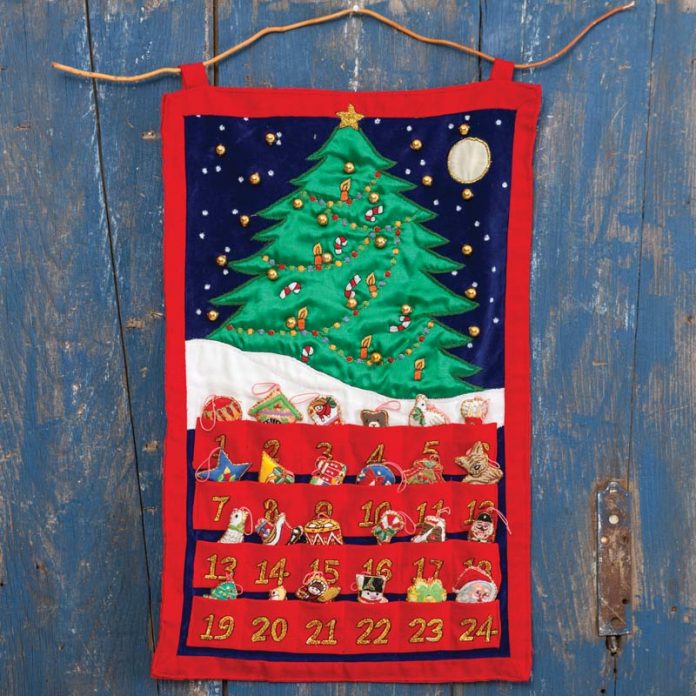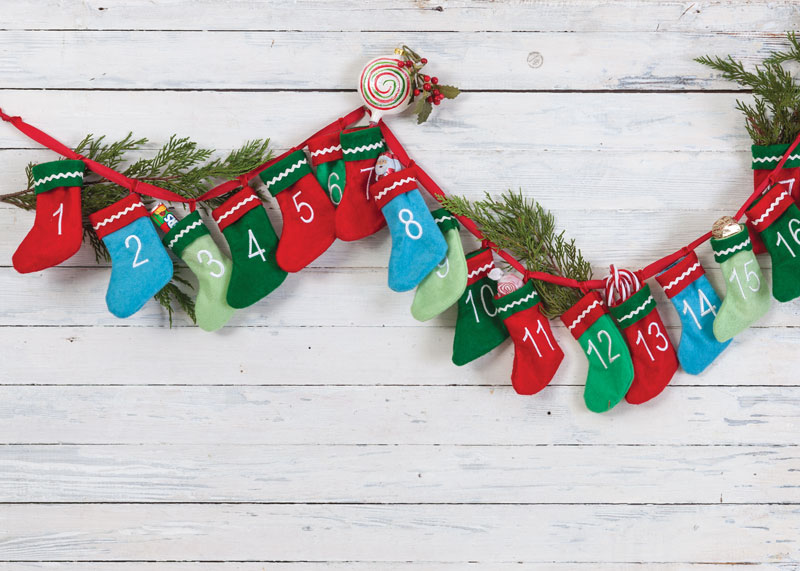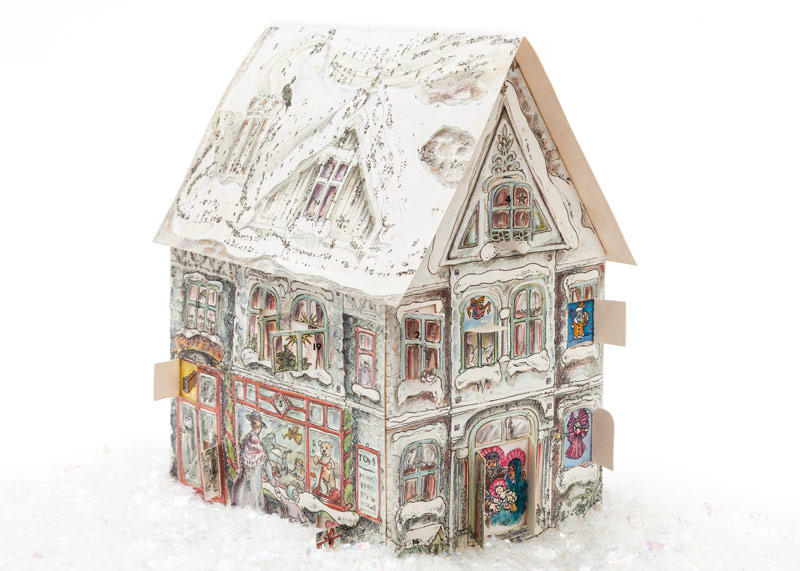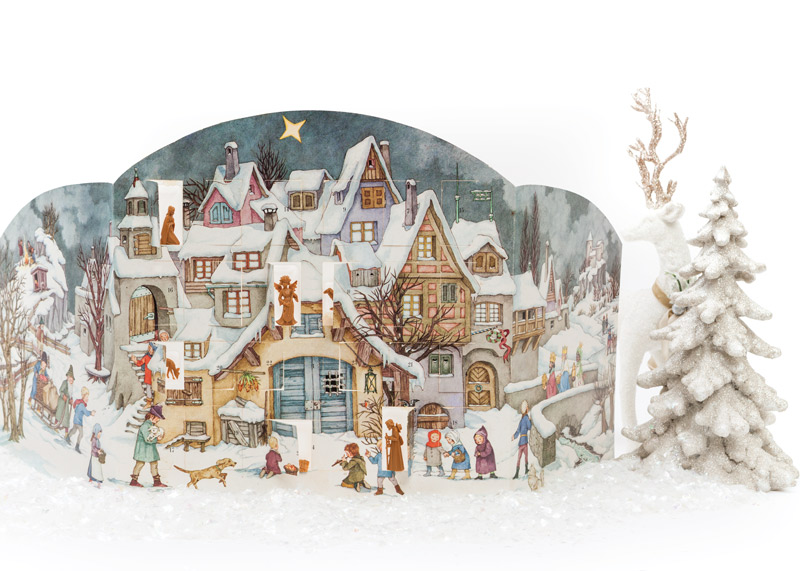
It’s that time of year again. Get your Advent calendar down out of the attic or make a new one with our top picks for Advent calendar inspiration! Whether old or new, Advent calendars give a special meaning to Christmas. Follow along as we take you through the history of the Advent season. For more Christmas inspiration, look to our Christmas Cottage 2017 issue! Get instant access with our digital edition.

The Advent season of Christianity is determined by the feast day of Saint Andrew (November 30) with the closest Sunday becoming the first Sunday of Advent. Three more Sundays follow, each focusing on the upcoming celebration.
Preparing for the coming of Christmas has been a seasonal pastime since children first discovered presents under the tree. Even adults anticipate the big day. The giddy excitement doesn’t have to be reserved for just the kids!
In the 19th century, the tradition of marking the days until Christmas with chalk or lighting candles was a common practice. But counting down the days until Christmas on an Advent calendar ignores the Saint Andrew tradition and simply begins on December 1.

The first printed Advent calendar originated in Germany in the early 20th century with Gerhard Lang. When Gerhard was a little boy his mother made him a calendar with 24 small candies attached to cardboard, one for each day before Christmas.

Lang grew up to operate the Reichhold & Lang printing company where he printed the first Advent cardboard calendar with 24 little pictures. A few years later, the company printed the first calendar with the little doors that everyone loves to open.
Paper calendars are still popular, but versions created from an endless variety of materials such fabric, wood, and string are also widely available. Some offer a surprise behind the door or in a pouch pocket like a piece of candy, a decoration, or a Bible verse.






